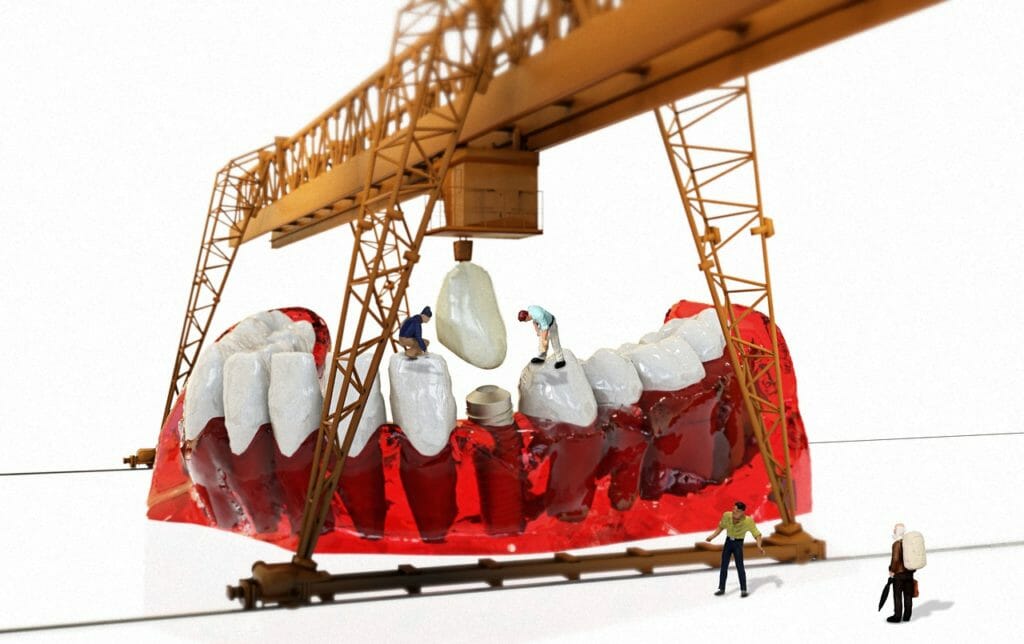As much as we like to think of dental implants as a permanent replacement for missing teeth, there a number of issues that, if not addressed, can lead to the loss of the implant and the crown attached to it. Replacing implants is costly , and sometimes isn’t even possible, so keeping the existing ones in good health is very important.
The two most common conditions effecting implants are peri-implant mucositis and peri-implantitis:
- Peri-implant mucositis involves inflammation of the soft tissue surrounding the implant and implant crown. This can be caused by plaque, food impaction, a loose abutment, excess cement on the crown, trauma, thin tissue or a systemic condition like diabetes. The treatment depends on the cause of the problem, but often soft tissue grafting aids in making the area more resistant to inflammation and making the implant look more natural.
- Peri-implantitis occurs when inflammation and/or infection around an implant leads to bone loss. This is a more serious condition that can rapidly cause the implant to lose its stability and be lost. The primary treatment is to try to find out the reason for the problem, correct that, and then do some type of intervention to try to get as much of the lost bone back as possible. There are several ways to do this, but they pretty much fall into one of two categories: flap surgery with or without a bone graft or laser therapy. In most cases, we are able to successfully treat peri-implantitis with a laser, which has the advantage of being less expensive and with much less discomfort.
If you have an implant that is experiencing any of these issues, we strongly encourage you to seek the care of a dental professional before it’s too late to save the implant, the crown, and your investment.

